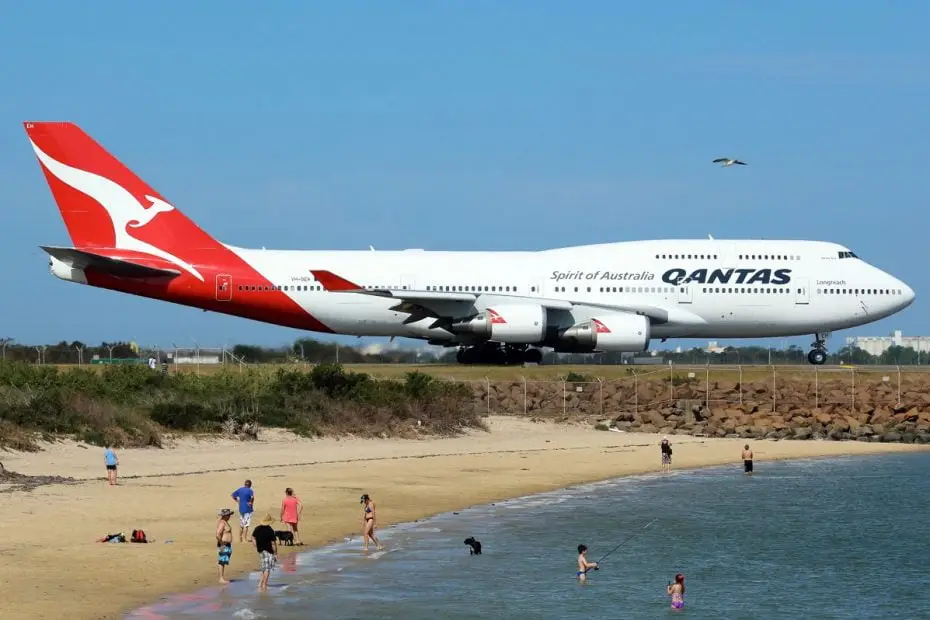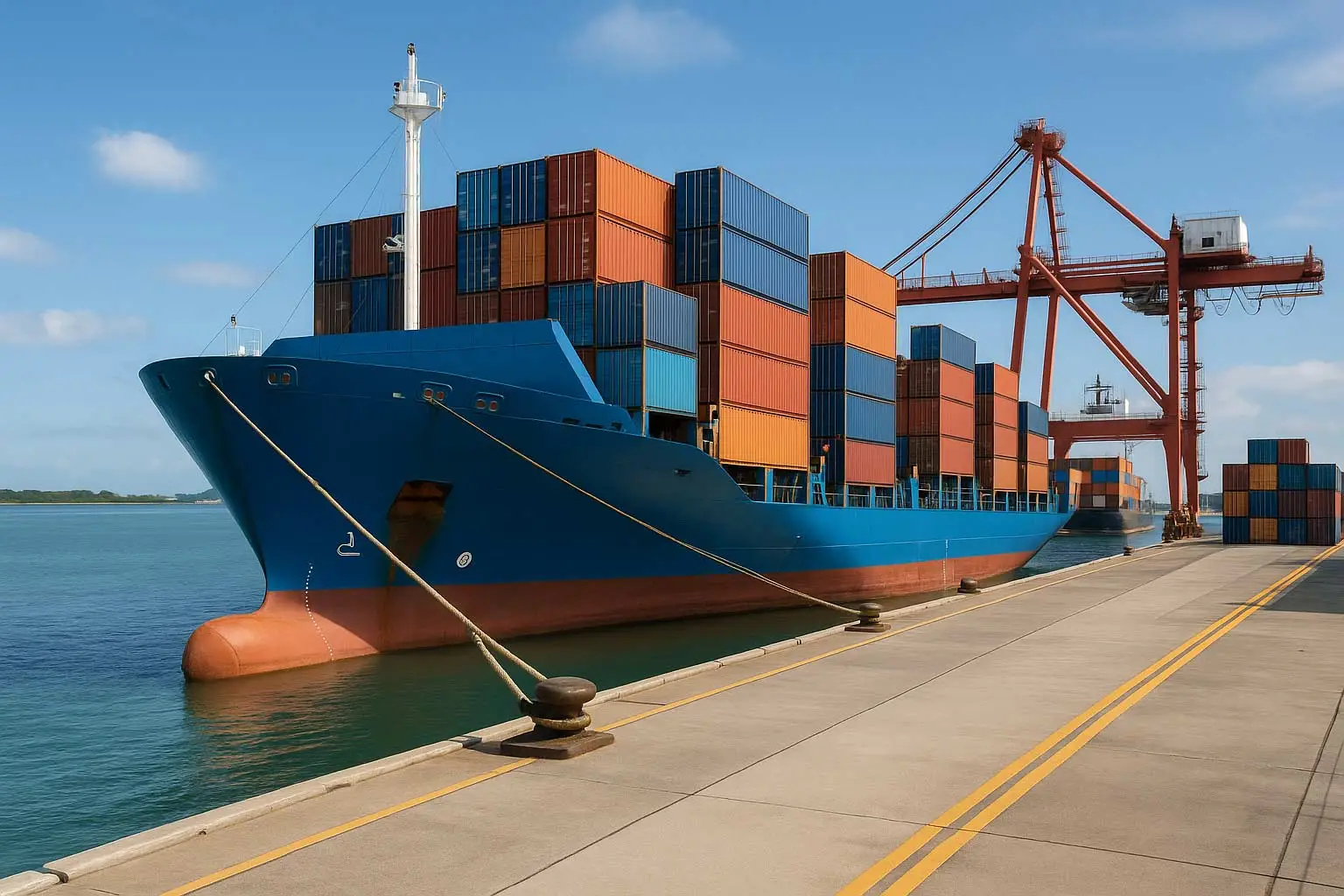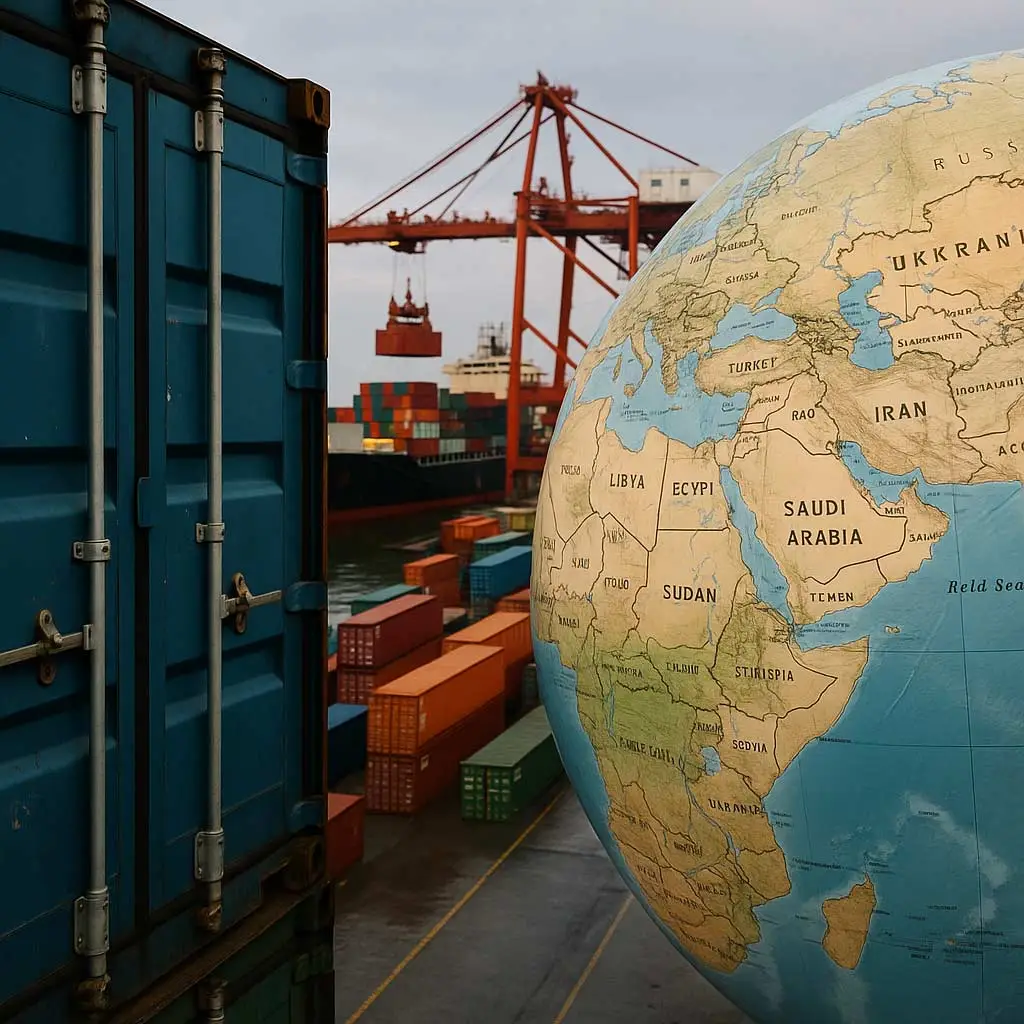We’ve already lost the beautiful Concorde to excessive cost and tragedy, but now another one of world’s most iconic airline designs is due to follow.
The Boeing 747, an icon that harkens back to another time of flying (think the Pan Am glory days), is set to fade away.
Cathay Pacific flew their last 747 flight back in October, and United and Delta are phasing the aircraft out this year. I flew on one of the final Cathay flights, and the magic of ascending upstairs into the bubble for one of the last times will be a fond part of my traveling memories.
Patrick Smith, in his Ask the Pilot column astutely calls the jet the Empire State Building of jetliners: “It’s no longer the biggest or the flashiest, but its still the grandest and most historically significant.”
The 747 was the first to plane to allow long-distance travel with with a large amount of passengers, and not all of them rich ones. It took international travel from the realm of the well-to-do into the middle class. That alone is quite a significant achievement in terms of lives changed and borders made smaller.
But the real appeal for many is the aesthetics. With a signature bubble on the top, the plane also is a joy to watch on final approach, with an element of grace that you don’t see from other aircraft models. It has a strange, organic feeling for a large chunk of steel with wings.
In Mark Vanhoenacker’s beautiful book, Skyfaring, he dedicates a chapter to discuss why pilots find the plane so special. It comes down to this organic design: “Perhaps it recalls a natural relationship—that of the head of a bird, a swan perhaps, to a long body and wide wings. Joseph Sutter, the 747’s lead designer, was drawn to birds as a child—eagles, hawks, ospreys. He might be pleased to know that his achievement has come full circle, that a writer on the wildlife of Virginia has described the great blue heron as the ‘747 of the swamp.”
The iconic bubble, initially added allow for a cargo door to be fitted to the nose, started out being used as a First Class lounge in some of the golden days of jet travel. After the 1973 fuel crisis, most airlines — wait for it —added more seats, a trend that carries on today.
The industry has moved onto focus on more cost effective two-engine planes that can land at a wider variety of airports. Though some of the later models of the 747 will still be in the air, Boeing’s order book for the plane has dwindled and the plane is settling into the twilight of its storied career.
While there are newer, flashier and more fuel efficient planes, when I’m on the road and gazing out the window at Helsinki Vantaa or Singapore’s Changi, the sight of a 747 still makes me smile. In addition to the iconic and timeless beauty of the silhouette, it is the plane that brought the possibility of air travel to more people, and also made Boeing a household name.
Source: Skift



